The teleradiology market in Germany is characterized by a dynamic competitive landscape, driven by technological advancements and an increasing demand for remote diagnostic services. Key players such as Radiology Partners (US), vRad (US), and Teleradiology Solutions (IN) are strategically positioned to leverage innovations in artificial intelligence (AI) and cloud-based solutions. These companies are focusing on enhancing their service offerings through partnerships and acquisitions, which collectively shape a competitive environment that is increasingly reliant on technological integration and operational efficiency.
In terms of business tactics, companies are localizing their operations to better serve the German market, optimizing supply chains to ensure rapid service delivery. The market appears moderately fragmented, with several players vying for market share. However, the influence of major companies is significant, as they set benchmarks for quality and service standards, thereby impacting the overall market structure.
In October 2025, Radiology Partners (US) announced a strategic partnership with a leading German healthcare provider to enhance its telehealth services. This collaboration aims to integrate advanced imaging technologies and improve patient access to radiological services. The strategic importance of this partnership lies in its potential to expand Radiology Partners' footprint in Europe, thereby increasing its competitive edge in the region.
In September 2025, vRad (US) launched a new AI-driven platform designed to streamline the teleradiology workflow, significantly reducing turnaround times for diagnostic reports. This innovation is crucial as it not only enhances operational efficiency but also positions vRad as a leader in the integration of AI within the teleradiology sector. The ability to deliver faster results is likely to attract more healthcare facilities seeking reliable and timely diagnostic services.
In August 2025, Teleradiology Solutions (IN) expanded its service offerings by incorporating advanced telehealth capabilities, allowing for real-time consultations between radiologists and referring physicians. This move is indicative of a broader trend towards integrated healthcare solutions, which are becoming increasingly important in the teleradiology market. By enhancing communication and collaboration, Teleradiology Solutions is likely to improve patient outcomes and satisfaction.
As of November 2025, the teleradiology market is witnessing trends such as digitalization, AI integration, and a focus on sustainability. Strategic alliances are becoming pivotal in shaping the competitive landscape, as companies seek to combine resources and expertise to enhance service delivery. Looking ahead, competitive differentiation is expected to evolve, with a shift from price-based competition to a focus on innovation, technology, and supply chain reliability. This transition underscores the importance of adapting to market demands and leveraging technological advancements to maintain a competitive advantage.


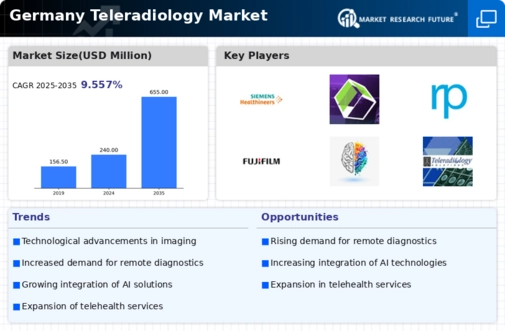


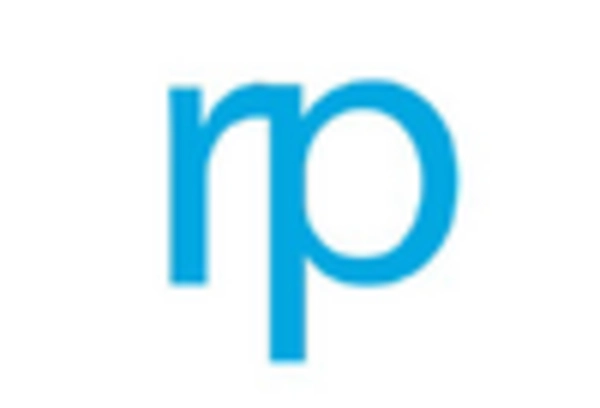
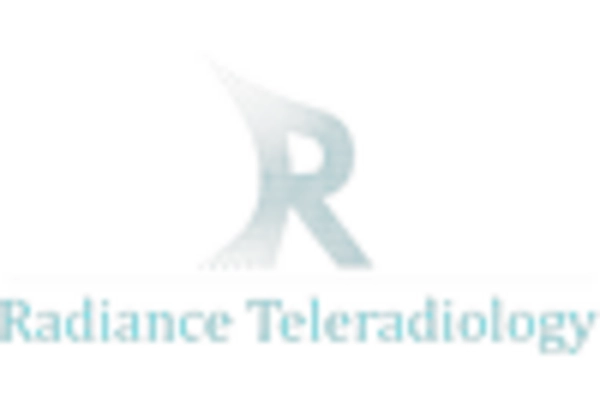
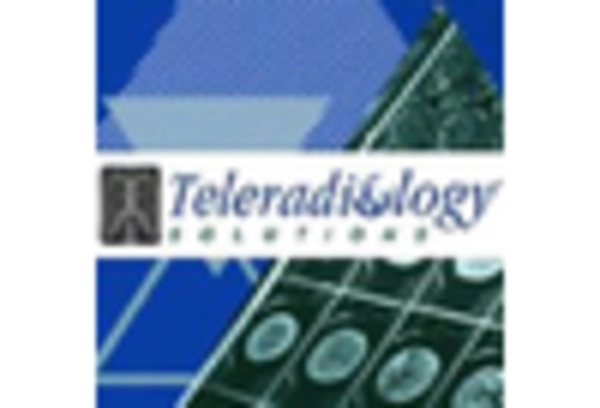
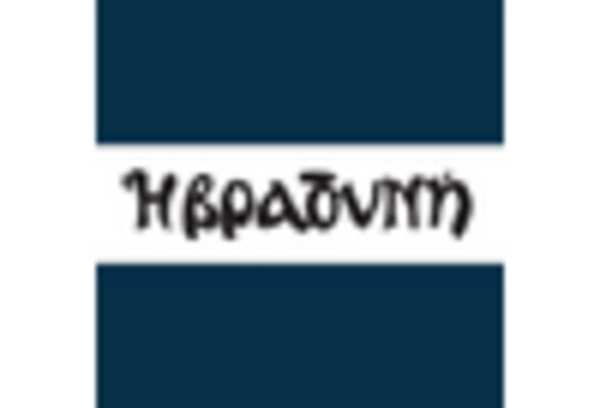








Leave a Comment